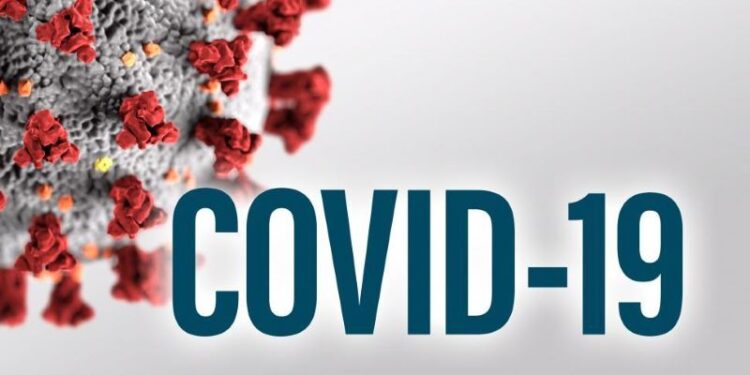“If you take the nation as a whole, our prediction is that we may see a decline coming by the end of this week, which is by about May 7”
Milan Sharma
Even when the India is struggling to contain the second wave of COVID-19 pandemic, epidemiologists believe that the country is likely to witness third wave in winters, probably December.
“Mostly in the winter, somewhere in the end of November or early December (this year). Ensuring that all the vulnerable are vaccinated before the festive season of Diwali is important to save as many lives,” said Dr Giridhar Babu, epidemiologist and professor at the Indian Institute of Public Health in Bengaluru, and a member and advisor to the National Covid-19 Task Force in Karnataka. “The next wave will affect mostly younger age groups,” he warned.
There are various factors that the third wave could ride on. “Depends on several factors in the period from now till December – The proportion of vaccinated people, prevention of super spreader events and all types of crowds, and how early we can detect newer variants and limit them to local areas,” said Dr Babu.
Speaking on the factors that could precipitate the third wave in India, Professor M Vidyasagar, the government’s mathematical modeling expert, said, “Even though, in the second wave, a fairly large number of people could have been infected, there are also those that remain untested, people who are generally asymptomatic and infected. These are the people who are going to remain immune for at least 6 months. However, they will begin to lose immunity towards that period. So, that is when we need to have our vaccination program well-underway, as even if they begin to lose their immunity, they should not remain susceptible to catch the virus.” “So if we vaccinate a substantial part of the at-risk population in about 6 months, then the third wave could wind up being a third bump rather than the horrific wave that we are seeing now,” he said.
He said the government needs to finalise a plan for managing multiple waves of Covid-19. “Even in states where technical experts advised an imminent second wave, nothing changed much due to other competing priorities. We need an action plan for enhancing vaccination coverage through strong microplanning, intensive mobilisation and effective communication strategies,” he said.
“Sustainable solutions should be implemented while emerging out of the second wave. We need an aggressive containment strategy to reduce the number of cases and deaths. While doing this, it is imperative to step up testing to isolate people as soon as possible. District laboratories set up under the Integrated Disease Surveillance Project should be strengthened through enhanced infrastructure, a permanent workforce and sustained funding. The prime minister has already announced an oxygen generation plant in every district hospital,” he said.
As per government data, India’s cumulative vaccination coverage now exceeds 16.24 crore doses. Only a little more than 2.30 lakh beneficiaries of the 18-44 age group have been vaccinated in the last 24 hours. More than 18.9 lakh vaccine doses have been administered in the last 24 hours for those above that age bracket on the 110th day since the vaccination for the priority age group began.
Reports now suggest that children could be at a higher risk of getting infected in the third wave of Covid-19. It is plausible, since most adults will have received at least one shot of the jab by the time we see the third wave hit India. We still don’t have a Covid-19 vaccine for children in India.
In an interview, Prof M Vidyasagar said India could see the peak of the second wave of Covid-19 by May 7.
“If you take the nation as a whole, our prediction is that we may see a decline coming by the end of this week, which is by about May 7. Cases should start declining, but different states will peak at different times. The nationwide and cumulative total is at the peak now or is very, very close to that,” he said.
If the predictions hold true, it would be a huge relief for the country to cross the national peak of the second wave by this weekend. “We take the seven-day rolling average because the daily numbers keep fluctuating.
As a result, we should not just look at the raw numbers but also at a daily moving average. That number will begin to decline by the end of the present week,” Prof Vidyasagar said.
(The story was originally published on the website of India Today)


















